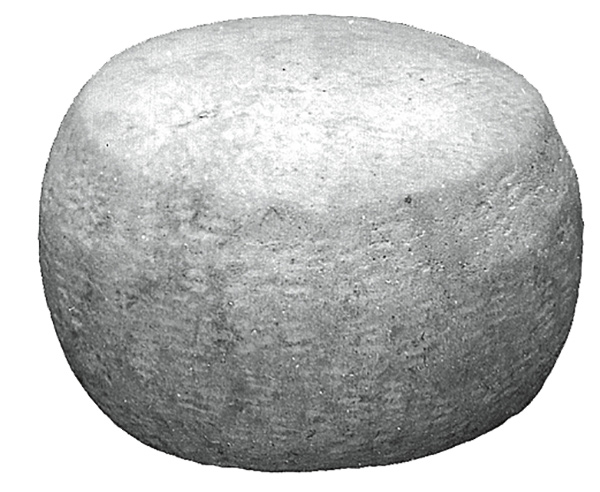
A. Grinding stone
B. Wheelbarrow wheel
C. Hockey puck
D. Scale weight
E. Petrified doughnut
Answer: (D) Scale weight
This cylindrical scale weight came from Jerusalem. It was uncovered during the Jewish Quarter Excavations, led by Professor Nahman Avigad from 1969 to 1982. The weight dates to the late Second Temple period (Early Roman period).
An essential part of ancient economies, scale weights were used to measure the weight of goods. The weight would be placed on one side of the scale, and on the other side would be the merchandise. Having standardized weights and measures ensured that both the buyer and seller of merchandise were being treated fairly—and not cheated. Numerous times the Bible instructs people to use honest weights and measures (see, e.g., Leviticus 19:36) and warns against dishonest gain. The authorities created a standardized system by setting specific measures that were universally recognized among their constituents.
In his new book, Ronny Reich analyzes 598 late Second Temple period weights from the Kingdom of Judah.1 The weights were found at 28 different excavations—the vast majority coming from Jerusalem. The weights come in different shapes and sizes, but their purpose was the same: to guarantee a standardized monetary system.
Already a library member? Log in here.
Institution user? Log in with your IP address.

